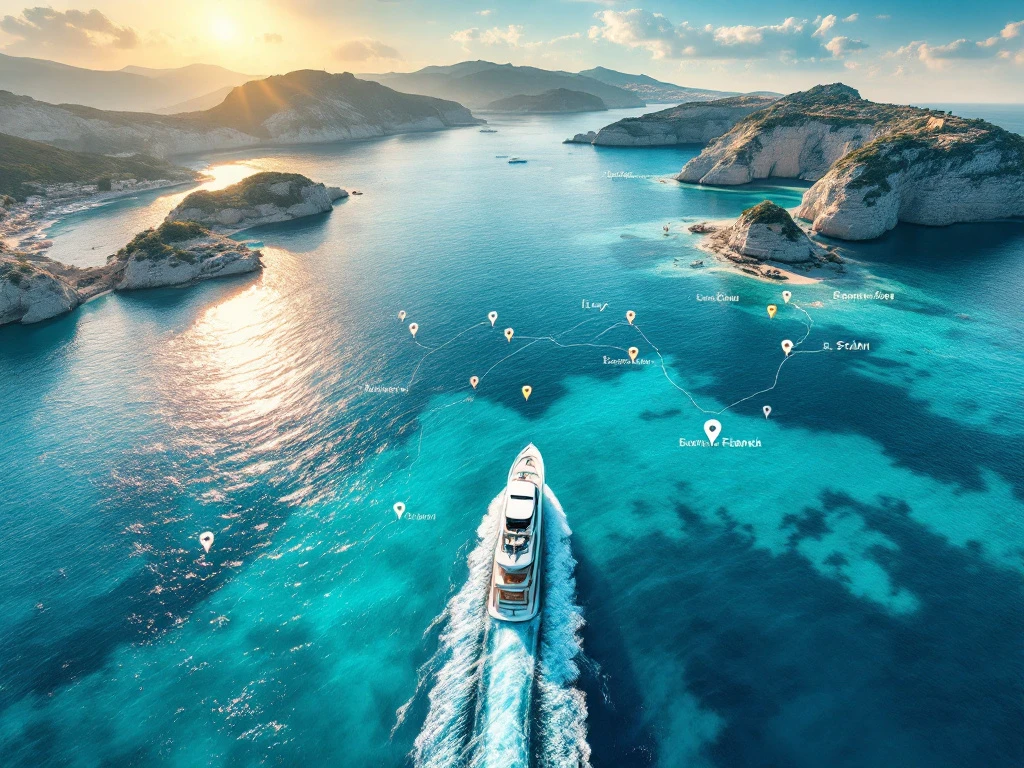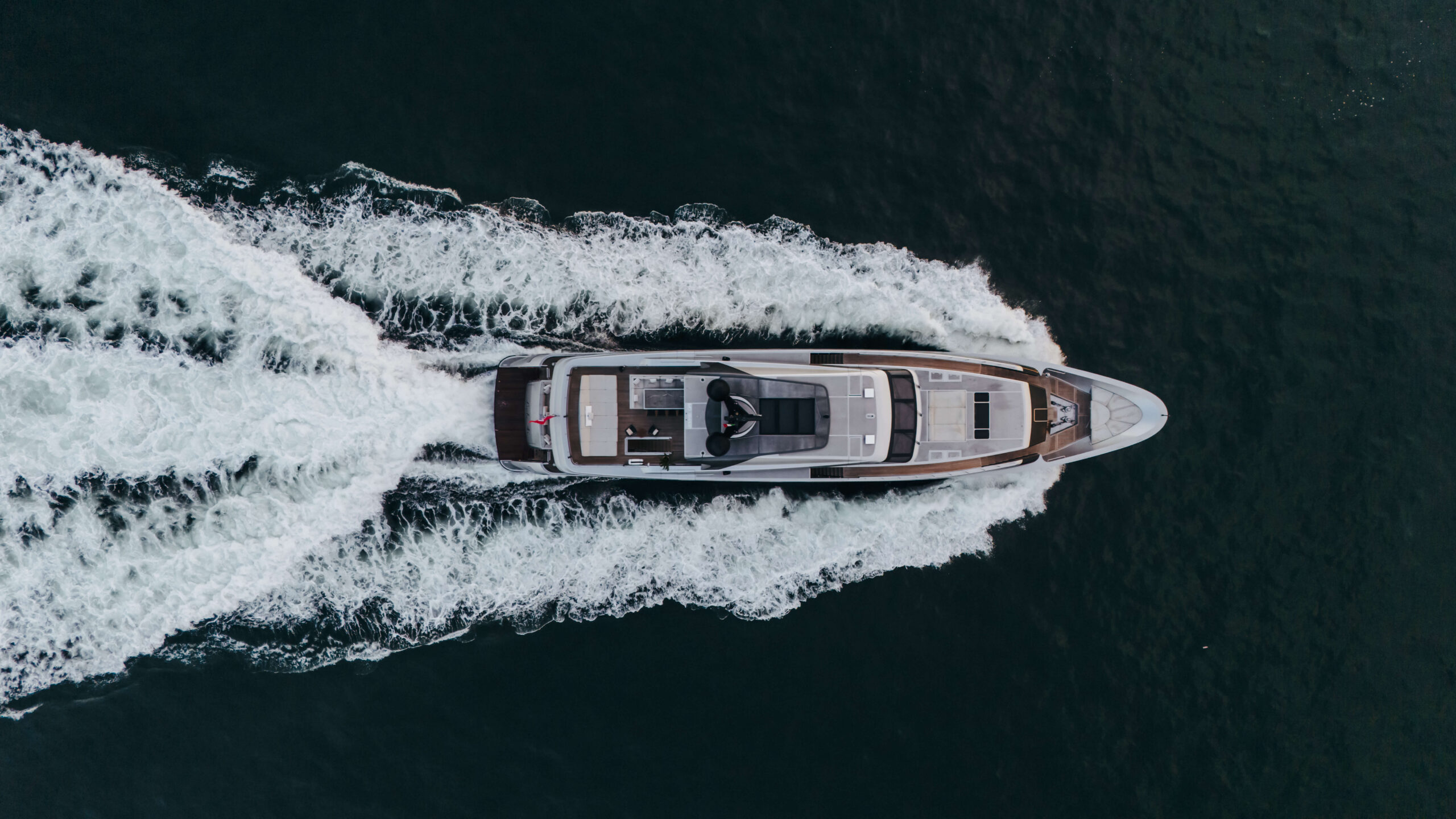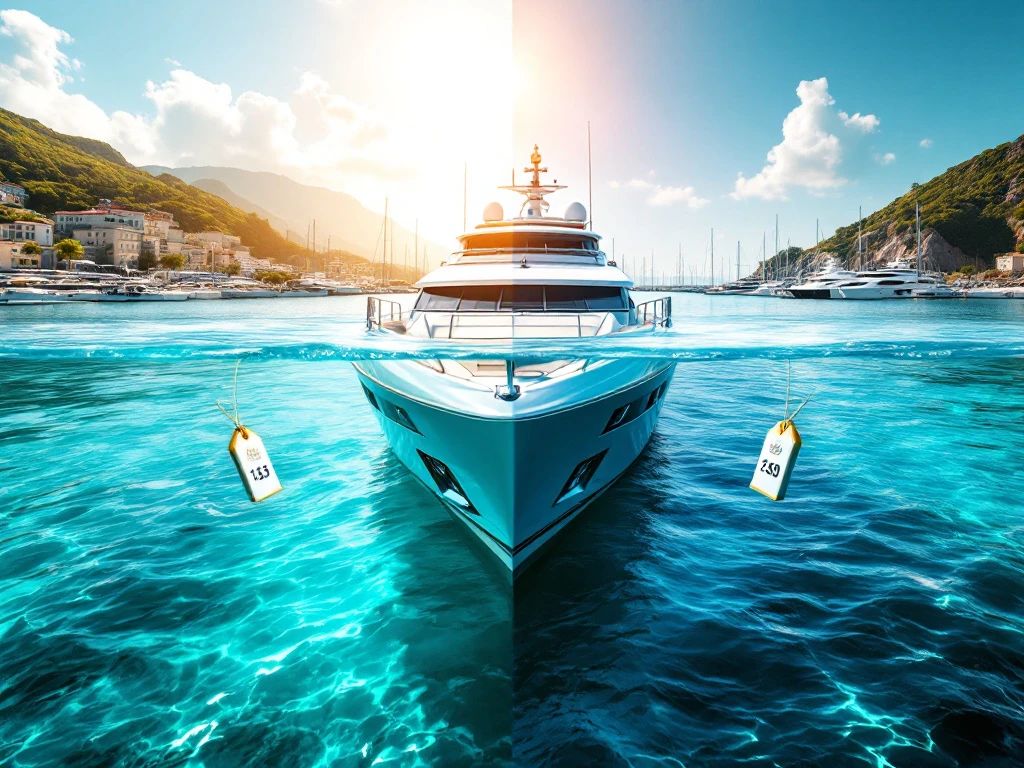29.09.2025
How do you plan a Mediterranean yachting route through multiple countries?

Planning a Mediterranean yachting route through multiple countries requires careful preparation of documentation, strategic destination selection, and understanding seasonal variations. You’ll need proper permits, insurance certificates, and customs documentation for each country you visit. Route planning depends on weather patterns, marina availability, and your preferred balance of popular ports versus hidden gems. This comprehensive guide addresses the most important questions about creating successful multi-country Mediterranean yacht journeys.
What documents and permits do you need for multi-country Mediterranean yachting?
You need valid passports, boat registration papers, comprehensive insurance certificates, and VHF radio licences for multi-country Mediterranean yachting. Each Mediterranean nation requires proof of vessel ownership, third-party liability insurance (minimum €1.5 million coverage), and temporary importation documentation when crossing borders.
Your documentation checklist should include the boat’s registration certificate, proof of VAT payment or exemption, and current insurance policies covering both the vessel and crew. Many countries now accept digital documentation through apps like iSailor or Navily, which store all your papers securely and allow easy access during port inspections.
Customs procedures vary significantly between countries. France and Spain require advance notification through their respective port authorities, whilst Italy and Greece allow same-day arrival declarations at designated ports of entry. Keep copies of all documents in waterproof storage, and ensure your insurance covers salvage and environmental damage, which some Mediterranean ports now require.
How do you choose the best Mediterranean islands and ports for your route?
Select Mediterranean destinations based on seasonal weather patterns, marina facilities, and your crew’s interests in cultural attractions versus natural beauty. Popular island chains like the Balearics, Corsica-Sardinia, and Greek Cyclades offer reliable infrastructure, whilst lesser-known destinations provide more authentic experiences with fewer crowds.
Consider prevailing wind patterns when choosing your route direction. The Mistral affects the western Mediterranean from May to September, making clockwise routes from Spain to Italy more comfortable. The Meltemi winds in the Aegean create challenging conditions from July to August, so plan Greek island hopping for spring or autumn.
Evaluate marina facilities against your yacht’s requirements. Larger vessels need deeper berths and better fuel facilities, available at major ports like Monaco, Porto Cervo, and Mykonos. Smaller yachts can access charming fishing harbours like Cadaqués in Spain or Kassiopi in Corfu, offering lower costs and more authentic local experiences.
What’s the difference between planning summer and winter Mediterranean routes?
Summer Mediterranean routes focus on island hopping with reliable weather but crowded ports, whilst winter routes emphasise mainland coastal cruising with fewer tourists but variable conditions. Summer offers consistent winds, warm temperatures, and full marina services, but requires advance bookings and higher costs.
Summer planning prioritises popular destinations like the French Riviera, Italian Riviera, and Greek islands, where you’ll find vibrant nightlife and cultural events. However, expect premium pricing for berths and services, with some exclusive marinas requiring reservations months ahead. The reliable weather allows for longer passages and more flexible scheduling.
Winter Mediterranean yachting suits experienced sailors seeking quieter experiences along Spanish, French, and Italian coastlines. Many island marinas close or reduce services from November to March, but mainland ports remain active. Weather windows become more important, requiring flexible itineraries and closer attention to forecasting systems.
How do you handle provisioning and fuel stops across different countries?
Plan provisioning stops at major marinas with comprehensive facilities and research local suppliers for specialty items or dietary requirements. Fuel costs vary significantly between countries, with Spain and Gibraltar offering the most competitive prices, whilst French and Italian marinas typically charge premium rates.
Stock up on duty-free alcohol and tobacco in Gibraltar or other tax-free ports before entering EU waters. Many Mediterranean marinas offer provisioning services where local suppliers deliver directly to your berth, though this convenience comes at a premium. Popular provisioning ports include Palma de Mallorca, Nice, Genoa, and Piraeus.
Budget approximately 20-30% more for provisions in resort destinations compared to mainland ports. Fresh produce markets near harbours often provide better value and quality than marina shops. Consider customs regulations when transporting food between countries, particularly meat and dairy products, which may require health certificates for commercial quantities.
What should you know about Mediterranean weather patterns and safety planning?
Mediterranean weather features predictable seasonal patterns but can change rapidly, requiring constant monitoring of forecasts and identification of safe harbours along your route. Summer brings stable high-pressure systems with afternoon thermal winds, whilst autumn and spring feature more variable conditions with potential for severe storms.
Download reliable forecasting apps like PredictWind or Windy before departure, and monitor VHF weather broadcasts in local languages. The Mediterranean’s enclosed nature means weather systems can intensify quickly, particularly in the Gulf of Lion and around Corsica and Sardinia. Plan alternative anchorages within 4-6 hours sailing of your intended destination.
Emergency communication systems should include VHF radio, satellite communication device, and emergency position indicating radio beacon (EPIRB). Each Mediterranean country operates its own coastguard service with different emergency frequencies and procedures. Quality yachts come equipped with comprehensive safety equipment, but verify all systems before departure and maintain regular contact with experienced yacht professionals who understand Mediterranean conditions.
Successful Mediterranean yachting combines thorough preparation with flexible planning, allowing you to adapt to weather conditions whilst ensuring compliance with international maritime requirements. At Lengers Yachts, we understand that proper route planning transforms your Mediterranean adventure from a logistical challenge into an unforgettable luxury experience, whether you’re exploring the glamorous French Riviera or discovering hidden Greek island gems.
Frequently Asked Questions
How far in advance should I book marina berths for a Mediterranean yacht trip?
For summer cruising (June-August), book popular marina berths 3-6 months in advance, especially in destinations like Monaco, Porto Cervo, and Mykonos. Spring and autumn require 4-6 weeks advance booking, while winter coastal cruising often allows for last-minute reservations. Always have backup anchorages identified in case your preferred marina is full.
What happens if I encounter mechanical problems while crossing between countries?
Contact your insurance provider immediately and document all issues with photos and written reports. Most comprehensive yacht insurance covers emergency repairs and temporary berthing costs. Keep a list of authorized service centers in each country you'll visit, and ensure your insurance includes coverage for crew repatriation if the yacht becomes unseaworthy.
Can I anchor freely in Mediterranean waters, or are there restrictions?
Anchoring regulations vary significantly by country and location. Many popular bays now have restrictions to protect seagrass beds, with France and Spain implementing strict environmental zones. Always check local notices to mariners and use official anchoring areas where designated. Some areas require permits or charge daily fees for anchoring.
How do I handle currency and payment methods across different Mediterranean countries?
Most Mediterranean EU countries use the Euro, simplifying transactions, but keep some cash for smaller ports and local markets. Ensure your credit cards work internationally and notify banks of your travel plans. Marina fees, fuel, and provisions can often be paid by card, but harbor fees and local services may require cash.
What's the best way to communicate with marinas and port authorities if I don't speak the local language?
Download translation apps like Google Translate with offline capabilities, and learn basic maritime terms in local languages. Most major marinas have English-speaking staff, but smaller ports may not. VHF radio communications often use international maritime English, and many ports monitor Channel 16 for initial contact.
How do I handle waste disposal and environmental regulations while cruising?
Each Mediterranean country has specific regulations for waste disposal, with many areas now designated as Special Areas under MARPOL. Never discharge untreated sewage within 3 nautical miles of shore, and use designated pump-out facilities at marinas. Sort recyclables according to local requirements, as some ports impose fines for improper waste disposal.
What should I do if weather conditions force me to change my planned route significantly?
Maintain flexible itineraries and have alternative destinations researched for each leg of your journey. Notify your insurance company of major route changes, especially if entering different territorial waters than originally planned. Keep customs authorities informed if weather forces you into unplanned ports, as some countries require advance notification even for emergency stops.

